
Audemars Piguet’s Musée Atelier: A New-Age Museum for an Age-Old Brand
Join us as we explore AP’s avant-garde museum in the heart of the Vallée de Joux with Sébastian Vivas, heritage and museum director of Audemars Piguet
The Audemars Piguet Musée Atelier is a living, breathing oxymoron.
Nestled into the idyllic landscape of Le Brassus, Switzerland – the very birthplace of the Manufacture – the notion of synchronous dichotomy runs through the essence of its 25,800-square-foot space, as conceived by the world-renowned Danish architecture firm BIG (Bjarke Ingels Group).
A Work Of Art In Itself
A great spiral of metal and glass ruptures from its grassy confines.
According to Sébastian Vivas, AP’s heritage and museum director, the inspiration behind its coiled shape is open to interpretation – we like to think it resembles a hairspring.

Contrary to a miniscule piece of wire, it took 470 tonnes of stainless steel to build the roof, which is reinforced by 108 low-bearing glass panels (each comprising five layers of glass that took two weeks alone to assemble).
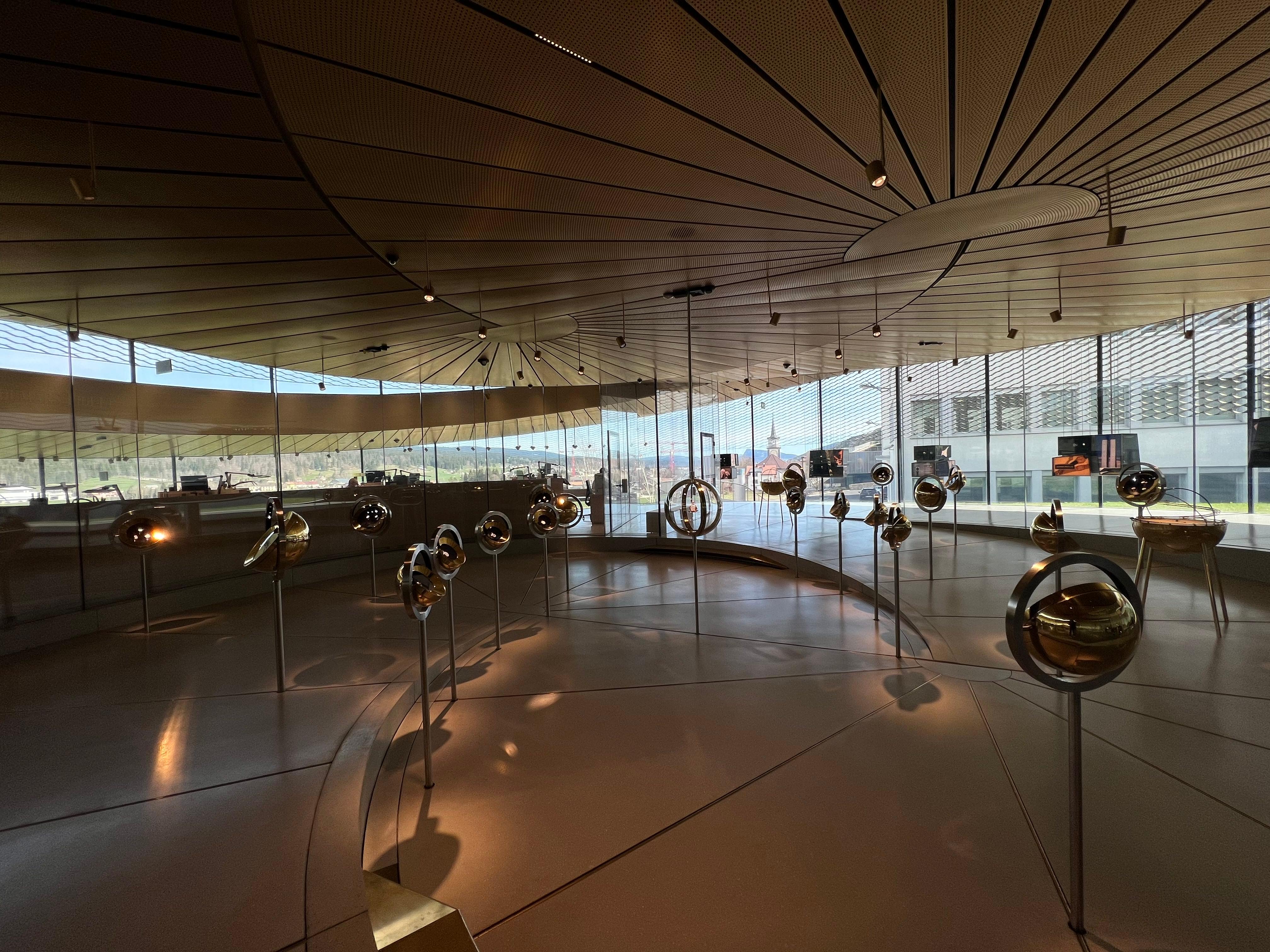
There are no walls: the glass supports the entire structure (plus 2 meters of snow on top during winter), so every inch of the space is permeated by natural daylight. It’s the total opposite of what you would expect a 147-year-old luxury watchmaking brand’s museum to be – which is the whole point.
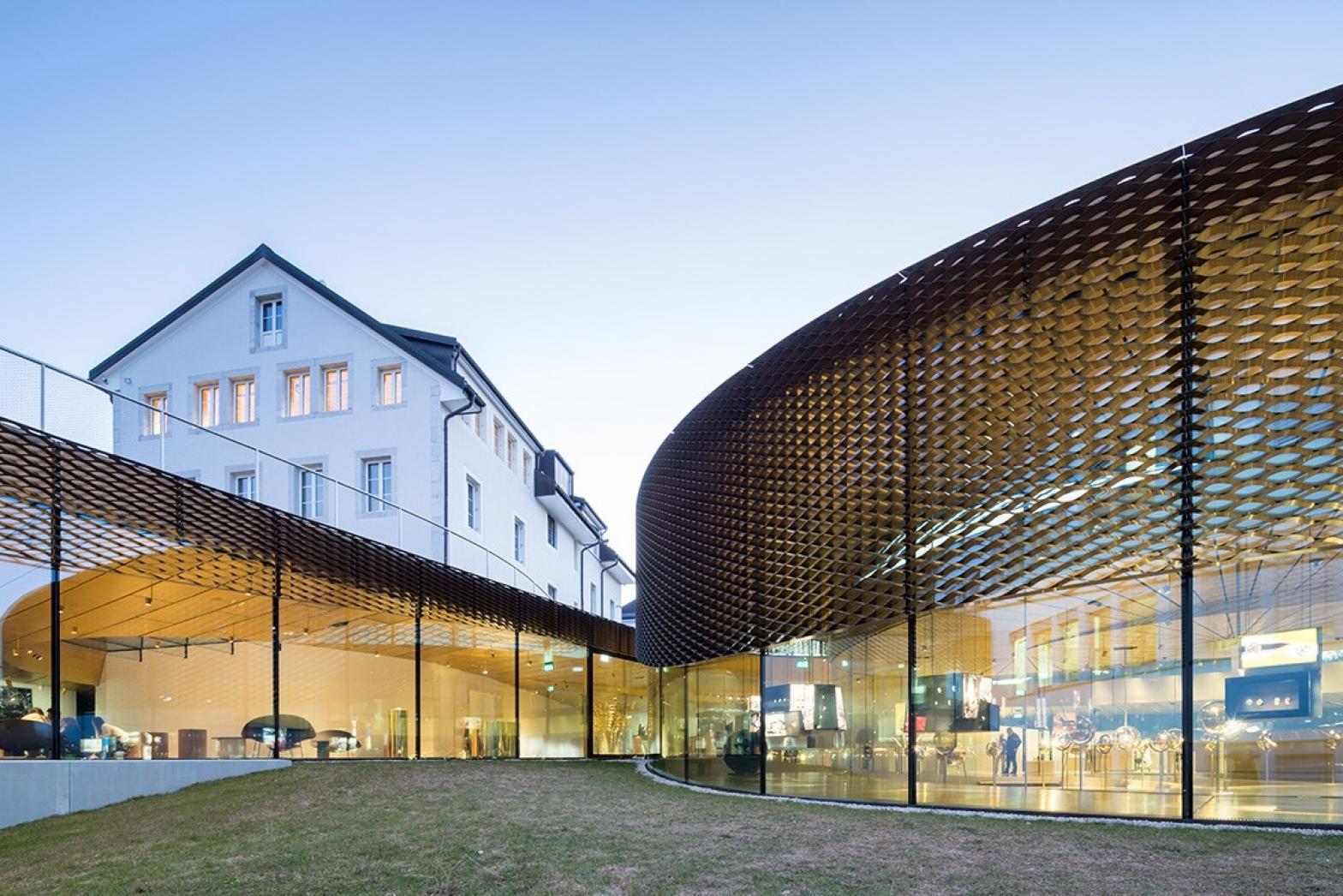
This state-of-the-art establishment is actually an extension of AP’s original workshop – a historical stone building erected in 1868. Today, in that very same workshop, timepieces are restored by a handful of expert watchmakers. It’s a nod to the fact that, despite their positioning at the forefront of horological innovation today, the brand remains rooted in tradition.
Tradition versus innovation. Round versus rectangular. Dark, Light, Old, New. Everything is an oxymoron, but works perfectly in tandem.
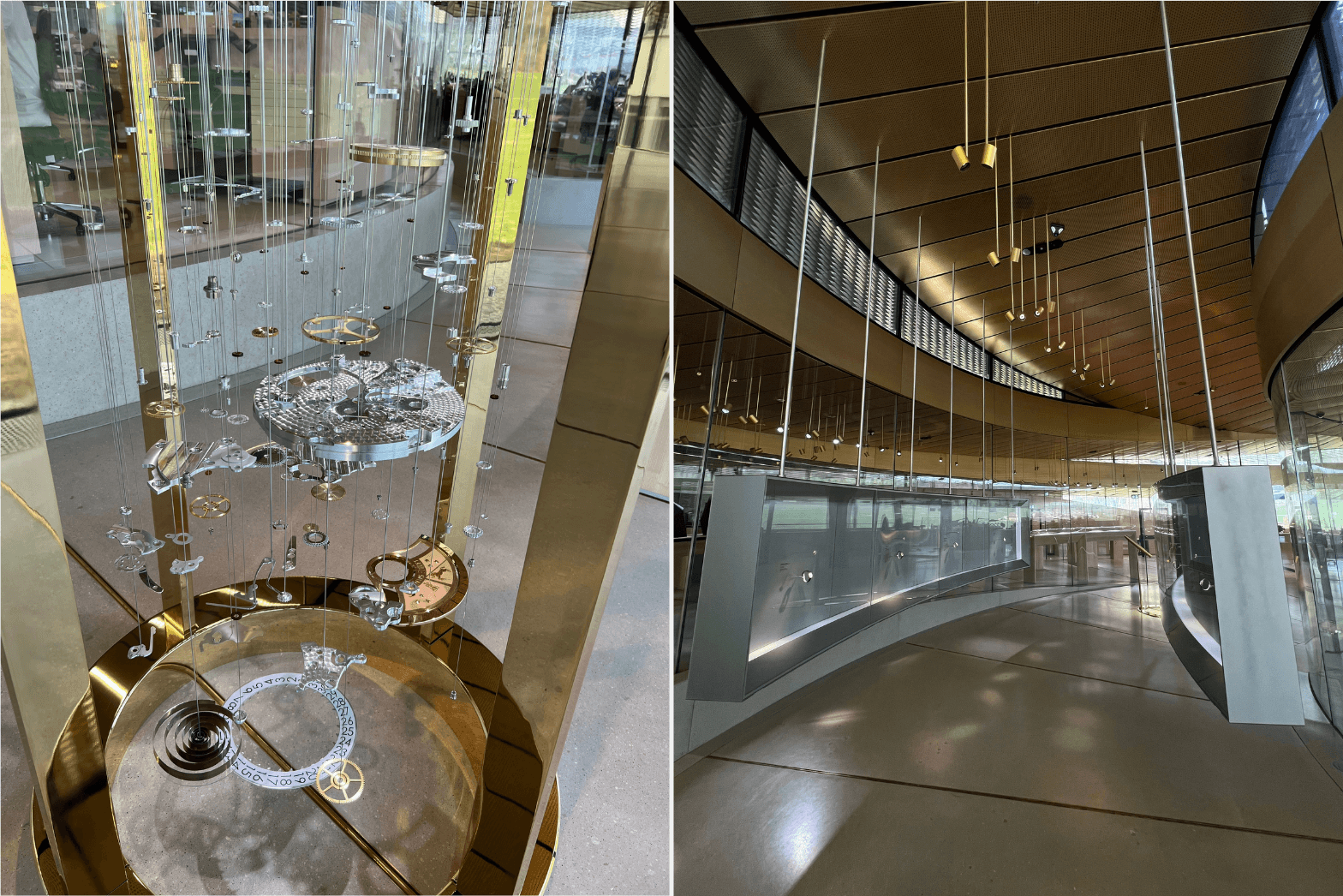
A Bumpy Road
Whilst most definitely in the right place, the Musée Atelier, in theory, could not have been launched at a worse time. According to Vivas, after seven years of intense work and dedication, the team had planned to launch the museum with gusto in April 2020 — inviting guests from all over the world to attend the festivities. Until Covid-19 led to a country-wide lockdown of Switzerland a mere month before the intended opening.
Despite the odds, the overall response to the museum was overwhelmingly positive. Press, as well as the watch community at large, were loving it – even if no one had been able to visit yet.
Finally, the Musée Atelier re-opened its doors to the public in June 2020 — and earlier this month, almost 2 years later, we were finally able to travel to the Vallée de Joux for a private tour.
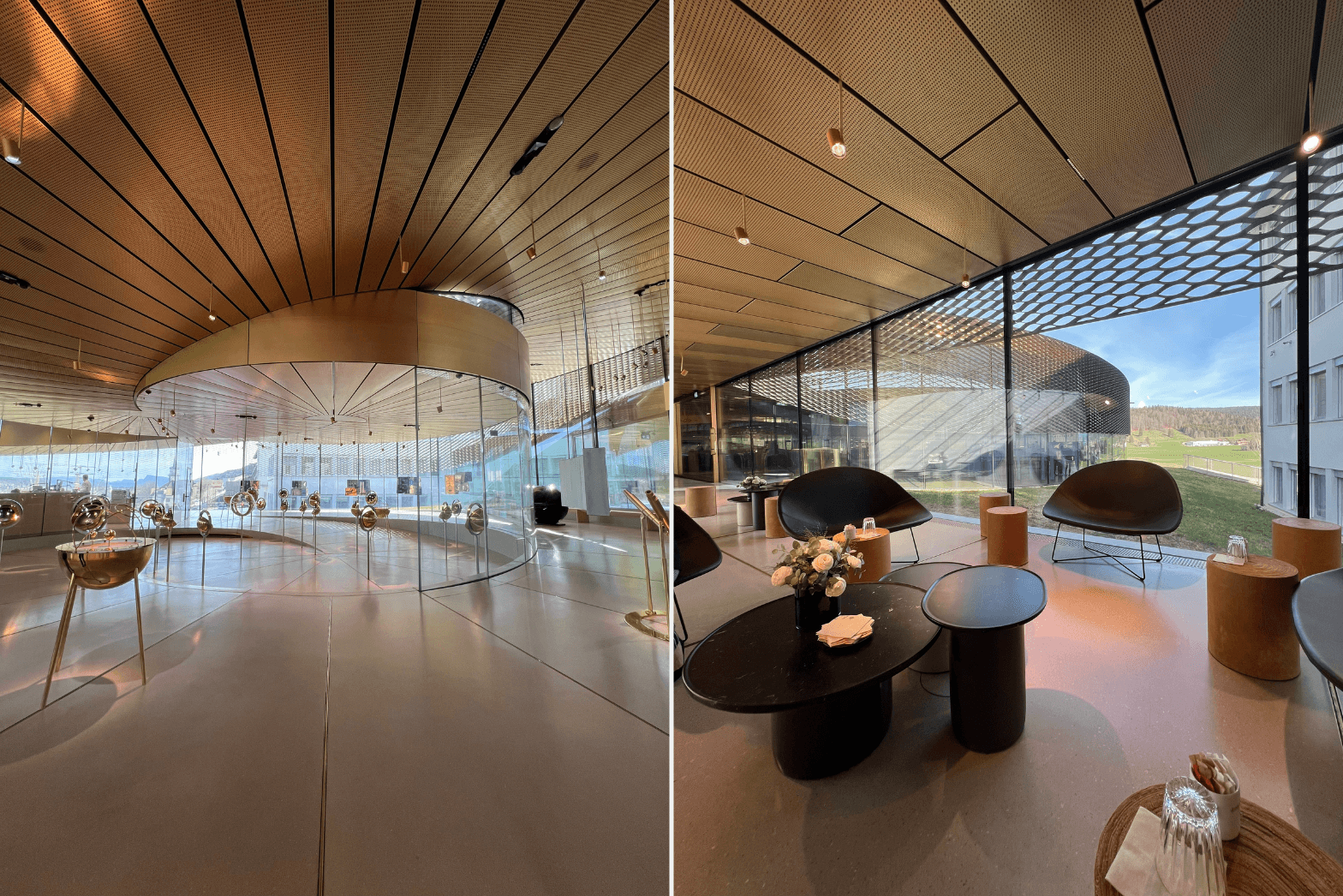
Crème de la Crème
AP’s Musée Atelier houses some 300 watches of historical and technical significance. This collection captures the history and ethos of the brand, as well as highlighting AP’s outstanding achievements in the world of escapements, decoration and so on.
According to Vivas, AP began collecting these timepieces in the 1990’s. This was initiated by Martin K. Wehrli, his predecessor — and the archive’s grown fourfold since.
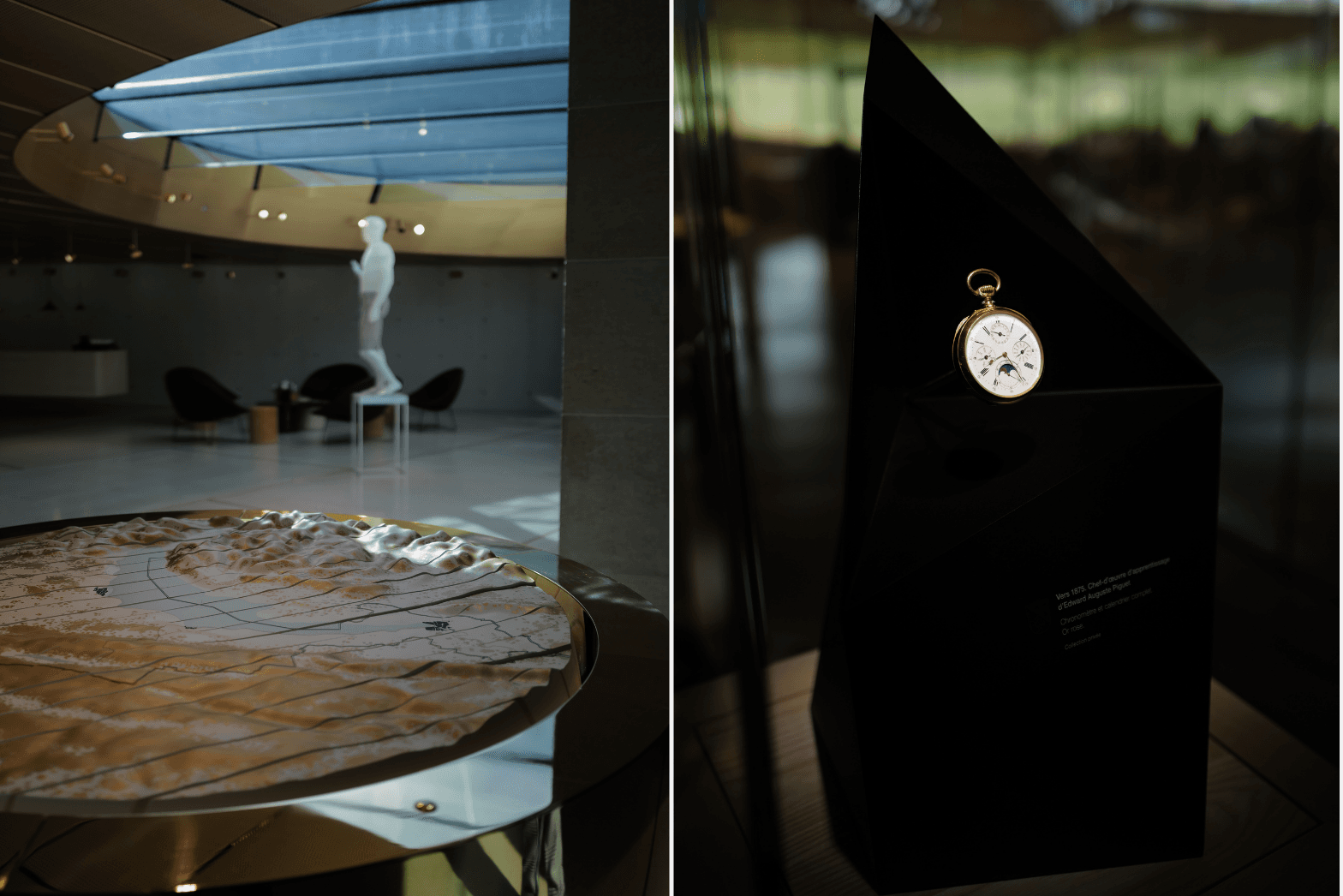
What’s actually exhibited here is just a fraction of AP’s collection. The challenge was not to procure these timepieces (of course, it still took 40-50 years to build the collection into what it is today), but rather, difficulty lay in selecting which ones to display.
.png&w=4320&q=75)
It was, in fact, such a challenge that AP’s historians and specialists had to spend two days “isolated in a hotel room, with pictures of most of the watches they wanted to exhibit stuck on the wall”, laughs Vivas. And that’s how they narrowed it down.
Journey Into The Spiral
Upon entering the Musée Atelier, we’re greeted by smiling faces and immediately feel at home in a light, airy reception.
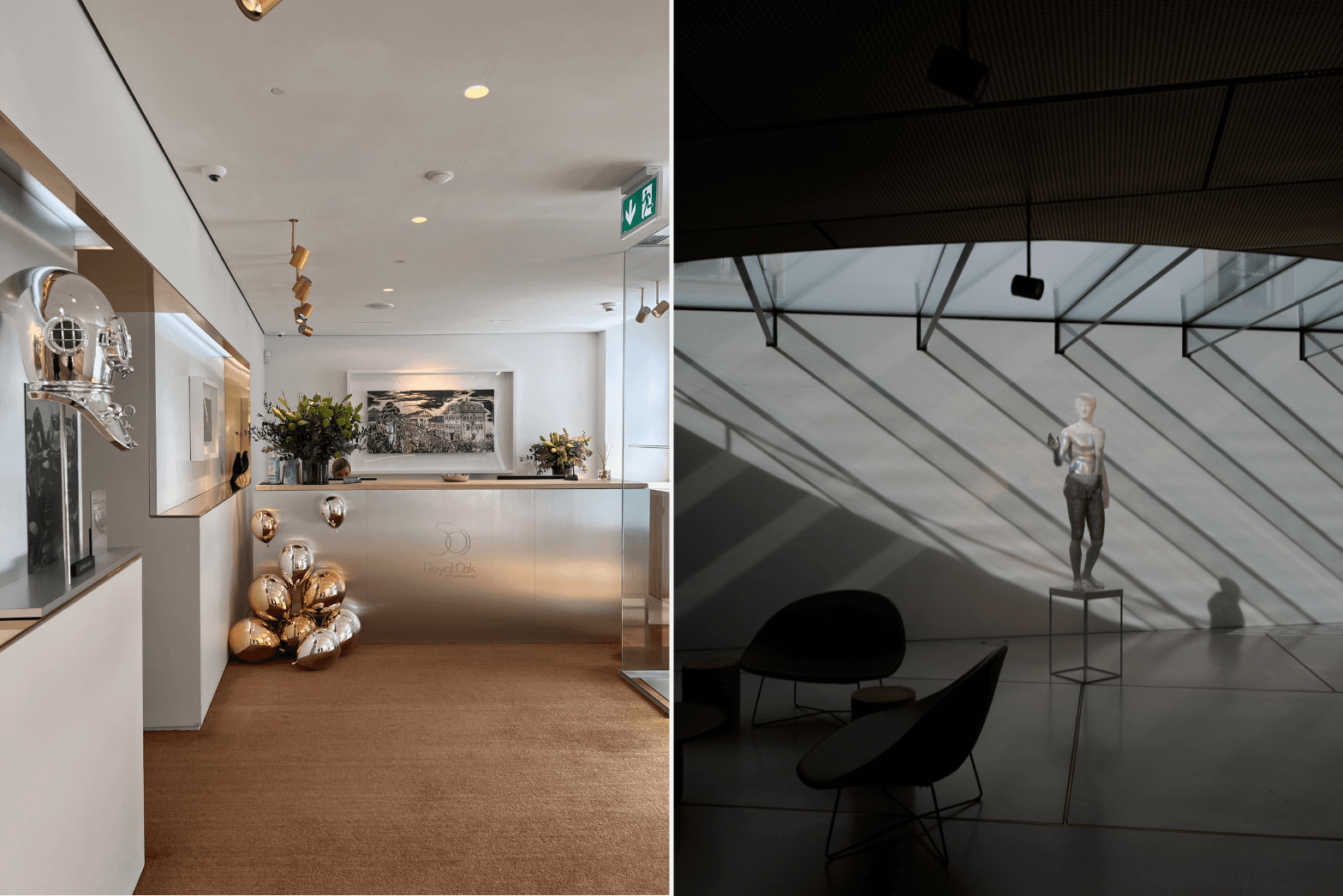
Beginning our descent into the spiral, we’re guided through different sections – an introduction to the brand, followed by perpetual calendars, chiming watches, and chronographs – each displaying an array of timepieces, as well as whimsical contraptions that illustrate how each complication works.
Various interactive showcases dotted along the journey portray the mechanics of watchmaking, like this automaton by François Junod — a playful moving sculpture depicting how energy is regulated in a timepiece.
We’re struck immediately by how visual and digestible the material is. It’s clear that virtually anyone could enjoy this museum — in fact, it doesn’t even really feel like a museum at all.
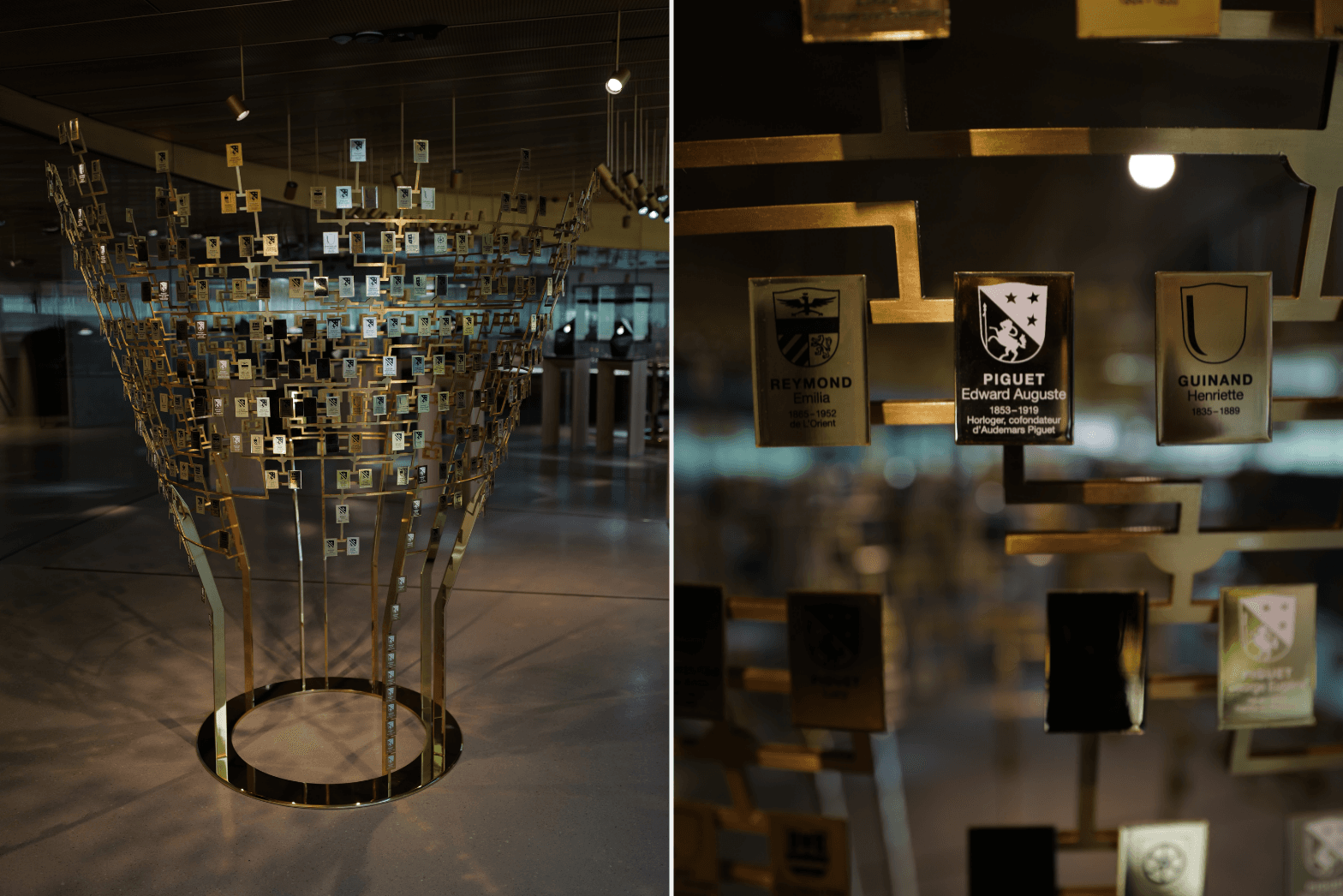
“It’s not a dusty old space with showcases full of watches that don’t work. The idea was to be more immersive, more human.”
“Watchmaking is a living industry,” says Vivas. “So we created a living museum.”
And living it is. Looking into the museum, you’ll find watchmakers working their magic in full view within their various ateliers (Grandes Complications, Métiers D’Art, and Restorations).
Separated from us only by glass, they work in plain sight for all to observe. Their peace and quiet is respected by guests, however, who for the most part, do not have access to their quarters.
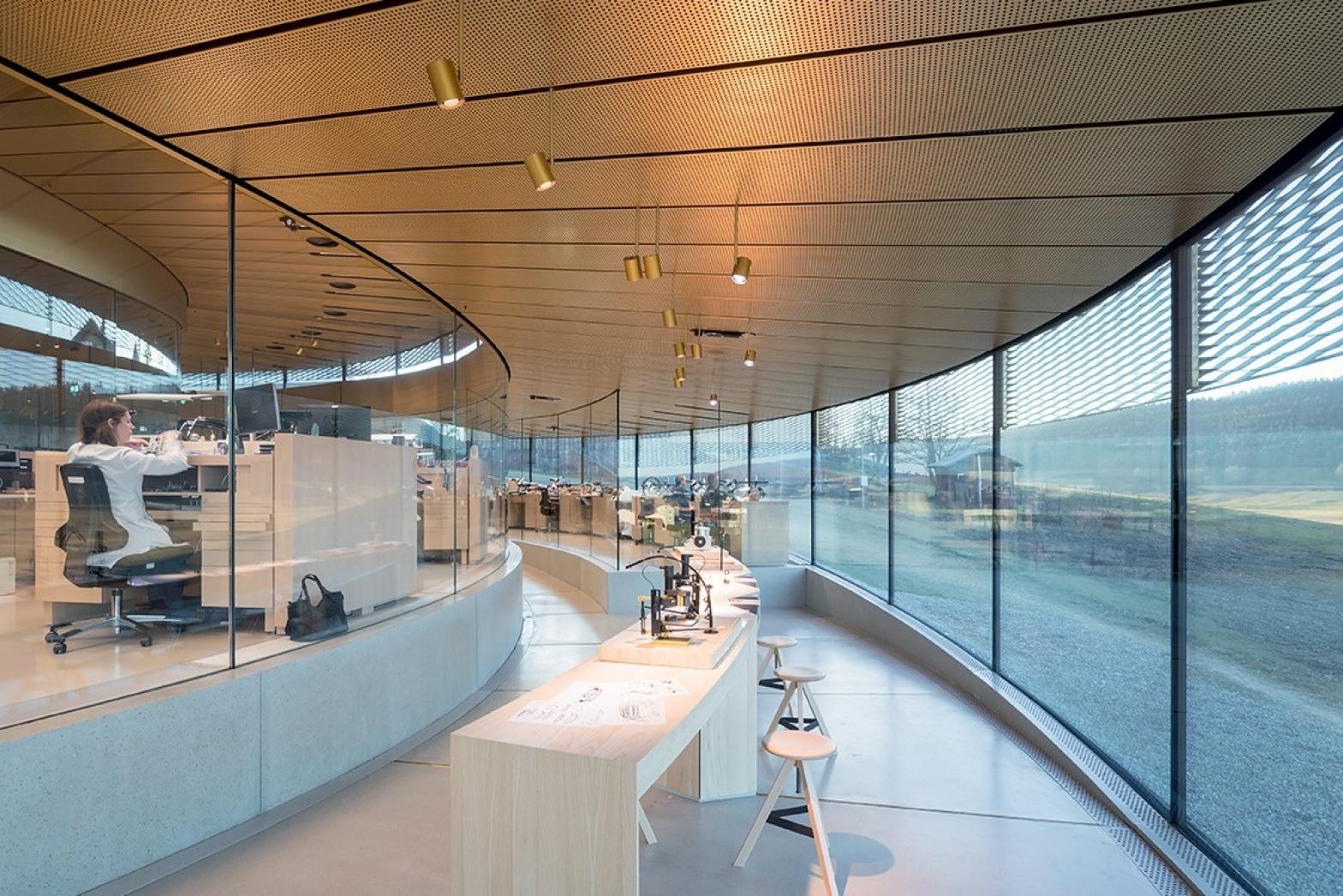
As we make our way further along the spiral, Vivas highlights a few pieces of particular significance:
A pocket watch signed by Joseph Piguet, circa 1769.
Historically significant in more ways than one, this pocket watch — although not technically complicated — was most likely Joseph Piguet (a direct descendant of Edward Auguste Piguet)'s ’masterpiece’ — a.k.a. a graduation piece that allowed him to officially become a master watchmaker.
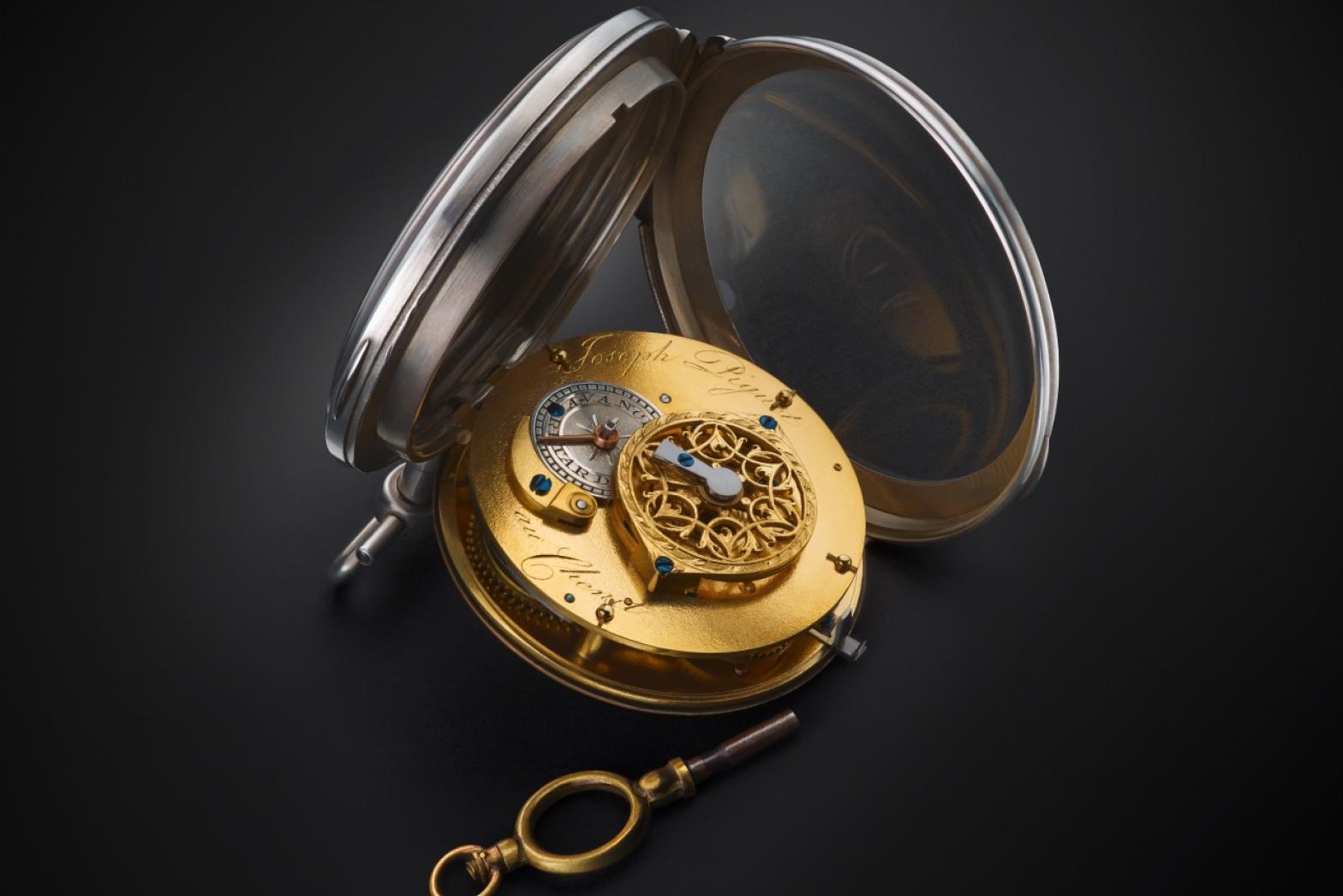
"It’s cased in silver, because gold was “probably not affordable for the Piguets at the time.”, says Vivas.
It’s also the only known watch to have been signed by a Vallée de Joux watchmaker in the 18th century.
The piece was kept in the family, and is still owned today by the 8th generation of the Piguets: it was, indeed, Oliver Audemars (the great-grandson of Edward Auguste Piguet) who loaned the piece to the museum.
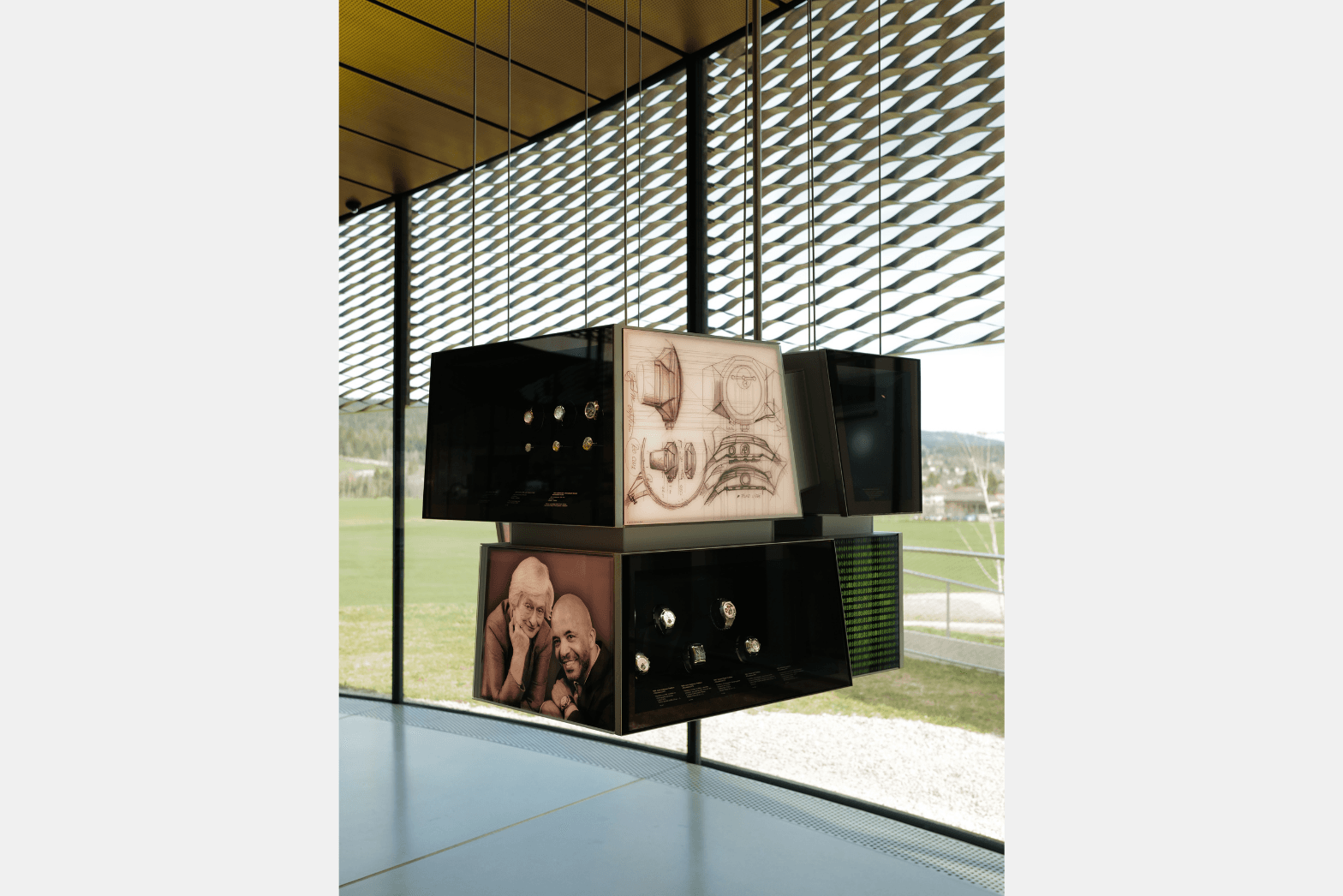
L’Universelle — one of the world’s most complicated timepieces — circa 1899.
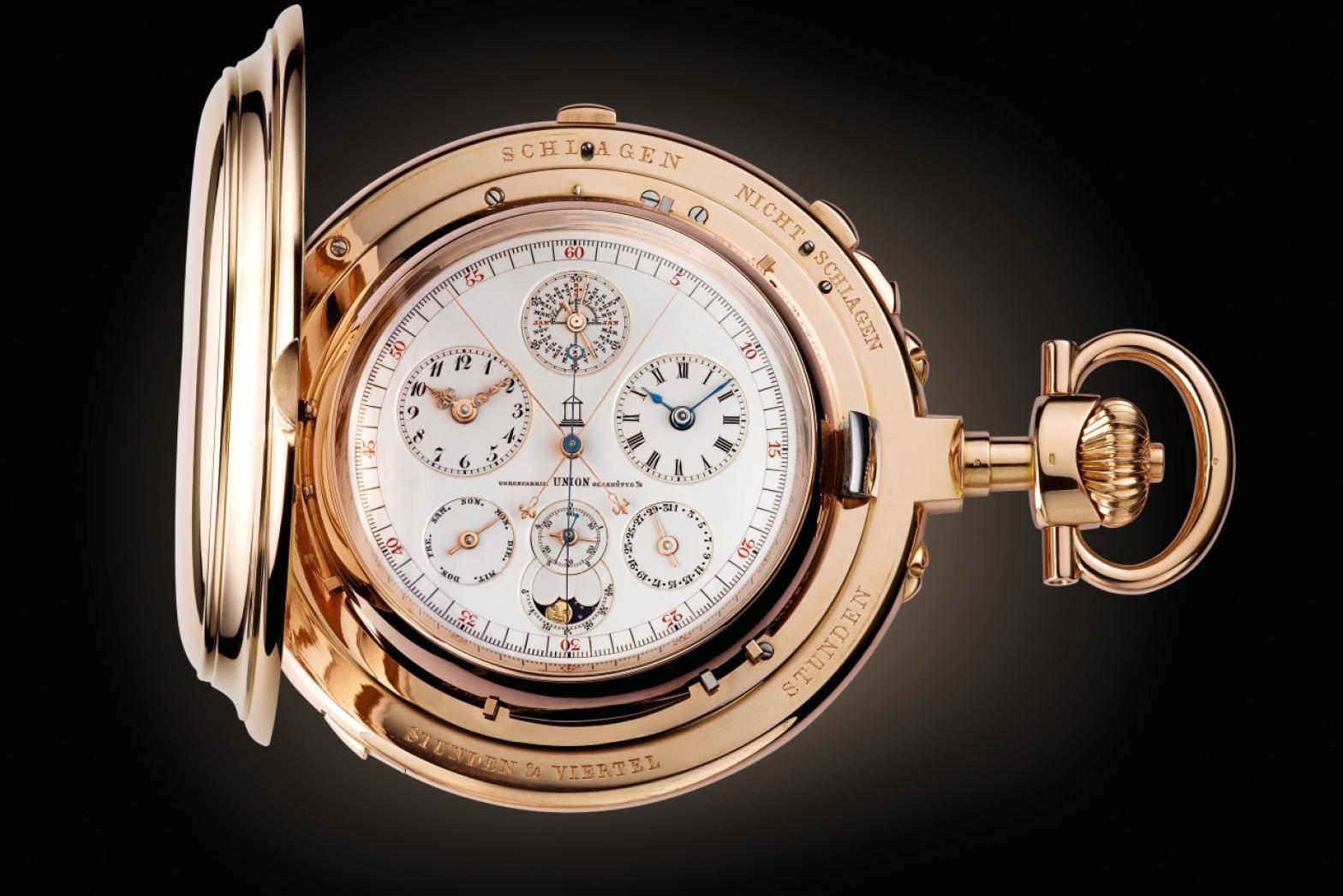
Situated in the very center of the spiral, among the Grand Complications, is the Universelle. As implied by its name, it’s a horological masterpiece. The ultra-complicated pocket watch is cased in 18-carat pink gold and packed with a whopping 21 complications: including a perpetual calendar, minute repeater, grande and petite sonnerie, alarm, chronograph with a 30-minute counter and counter indicating the fifth of a second, split-seconds and deadbeat seconds — all of this comprising 1168 components in total (including 300 screws, and 13 hands).
.png&w=4320&q=75)
The most integrated chronograph ever, the Universelle also showcases absolute mastery of other techniques like finishing and decoration, as well as the sheer level of coordination and shared expertise within a network of artisans (this was the 19th century, after all).
Initially conceptualized and sketched by Louis-Elisée Piguet, the timepiece was cased by Union Glashütte in Dresden, Germany, and came to Audemars Piguet workshops to be adjusted, tested, and assembled.
The watch was returned to the Vallée de Joux less than 10 years ago — and took four whole years for AP’s watchmakers to restore. Now, it functions perfectly, as it did more than a century ago.
It’s the perfect demonstration of how watchmaking know-how has been preserved and passed on over generations (isn’t it incredible that watchmakers still possess the very same skills to be able to restore timepieces from a century ago to perfection?).
A Ref. 5516, the world’s first perpetual calendar wristwatch with leap year indication, circa 1957.
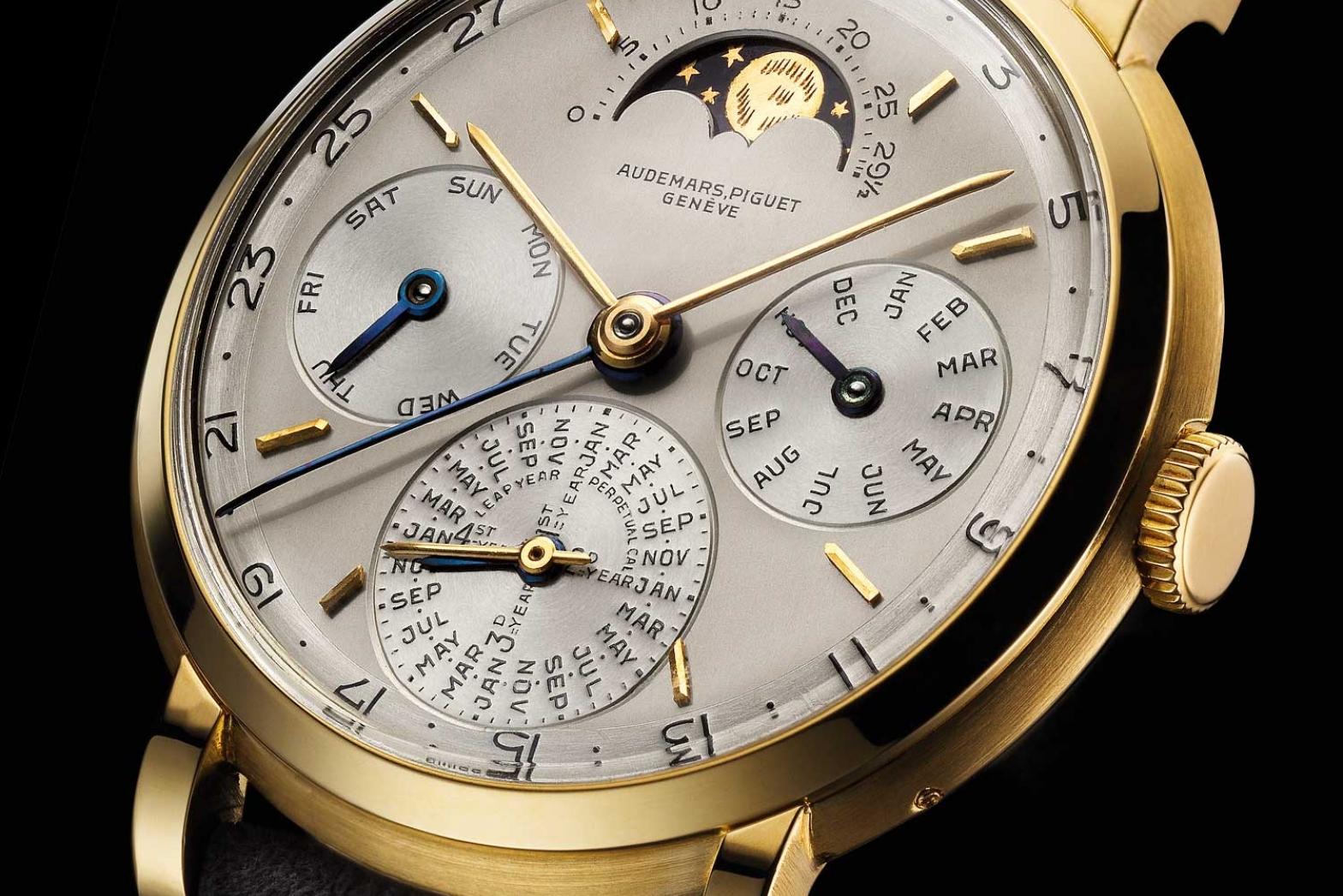
This is no doubt one of the most important perpetual calendars in the history of the complication — while perpetual calendars were commonplace in the realm of pocket watches at the time, it was difficult for watchmakers to scale the complication down to the size of the wristwatch, which led to the leap year indication not being displayed on the dial – and thus, say, if one hadn’t worn the watch for a few years, they wouldn’t know which year of the cycle the watch was on — until AP released the Ref. 5516.
Cased in 18-carat yellow gold, the piece displayed in the museum is the final variation of reference 5516, of which six similar examples were produced in 1957.
A Royal Oak ref. 5402, circa 1972

We’d be remiss to not include the very first Royal Oak on this list. As you probably know, the genre-defining Royal Oak Ref. 5402 was launched in 1972, designed overnight by Gerald Genta for Audemars Piguet. It altered the trajectory of the brand – and watchmaking as a whole – forever.
The Royal Oak merged the worlds of sport, fashion, and high watchmaking — and remains a timeless icon to this day: not only in horology, but also within the realms of design and culture.
.png&w=4320&q=75)
Case in point: this year, on the Royal Oak’s 50th anniversary, Gerald Genta’s personal piece just auctioned for over CHF 2 Million at Sotheby’s.
The Royal Oak Concept 'Black Panther’ Flying Tourbillon ref. 26620I0 (2021)
This Concept, released in 2021, speaks to AP’s willingness as a brand to think holistically, as this limited edition “[goes] beyond haute horlogerie for inspiration, most notably in the realms of pop culture and the entertainment industry”. It was a daring release, deviating from much of what AP had done before – aesthetically at least.

Unconventional in design, it’s free-spirited and showcases the diversity of the brand in its creations. Much like the museum itself, it merges tradition with modernity; technology and human craftsmanship: while a mixture of machine-facilitated laser carving and hand-engravature is used in its creation, most parts of the watch are still assembled by hand – and 30 hours are required to etch, engrave and paint the finished version of the Black Panther on the tourbillon cage.
Towards the end of our journey, we arrive at a series of blacked-out exhibits that upon first glance appear pretty nondescript – until they unveil their contents in a spectacular fashion.
The displays reveal a cornucopia of Royal Oaks – including significant pieces from the Concept and Offshore lines. It’s a sight to behold – and incredible to see references in the metal. All in all, it’s a fantastic way to wrap up the tour.
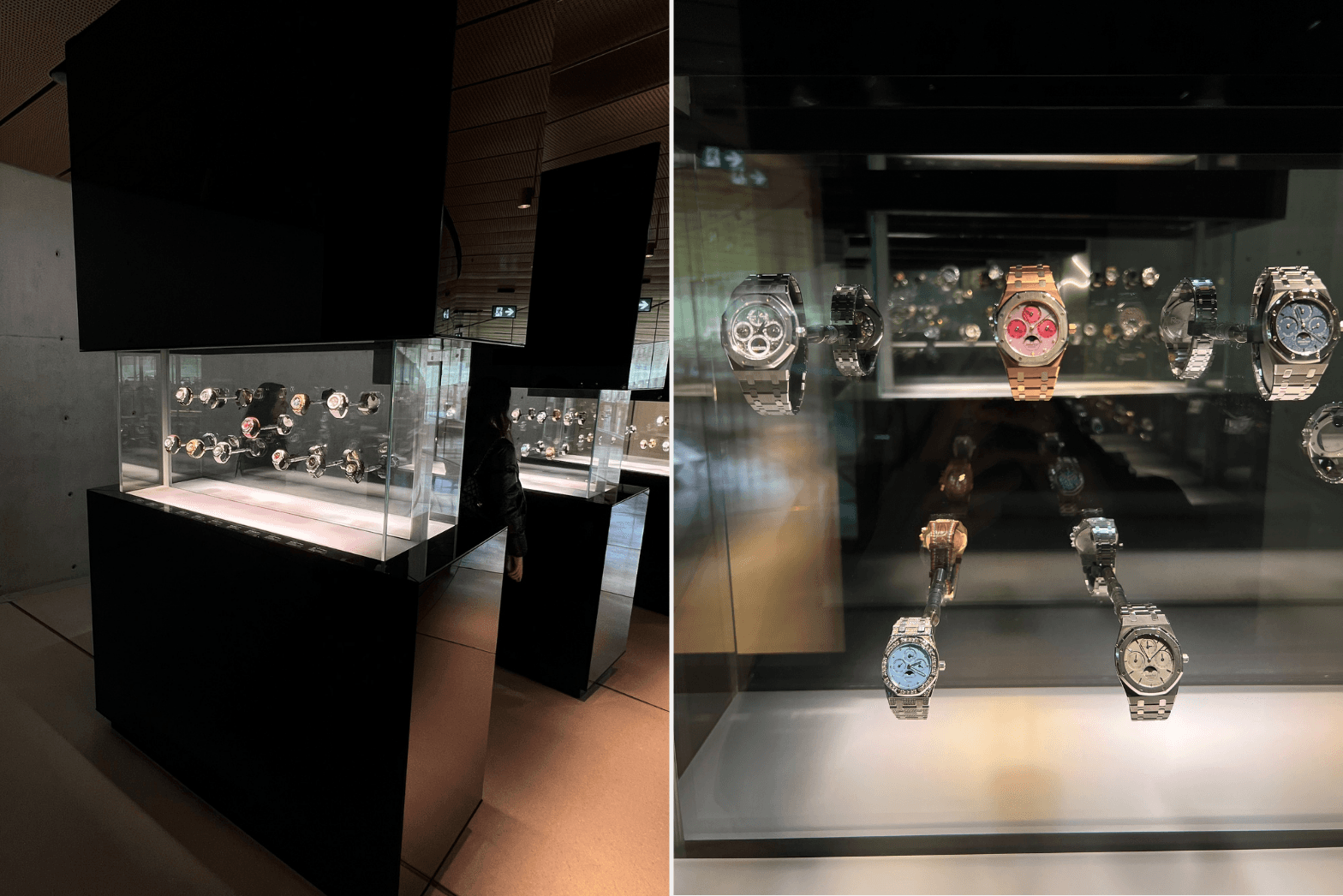
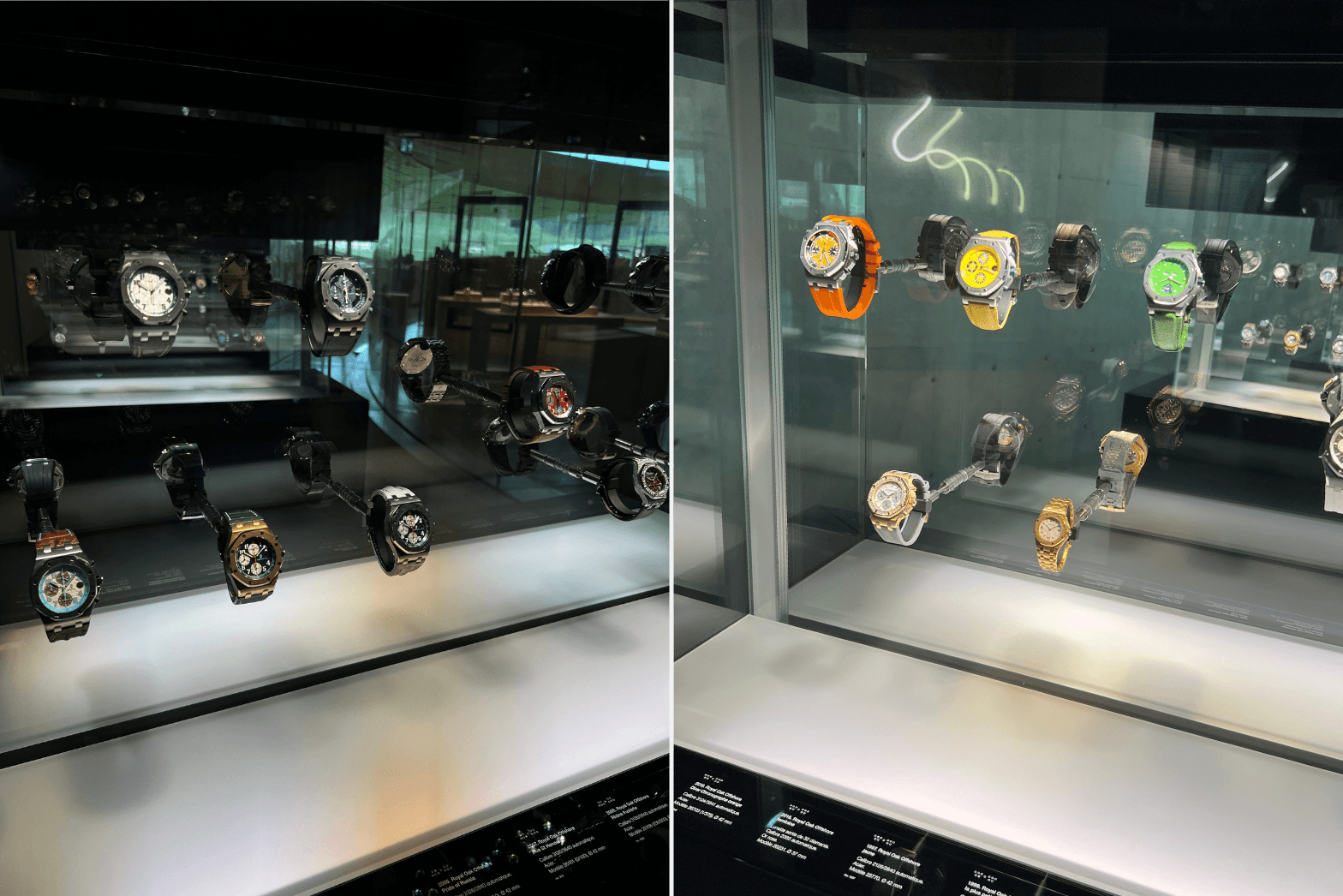
We depart the Musée Atelier with a deepened sense of appreciation of the brand, as well as the monumental effort that went into making the museum so special.
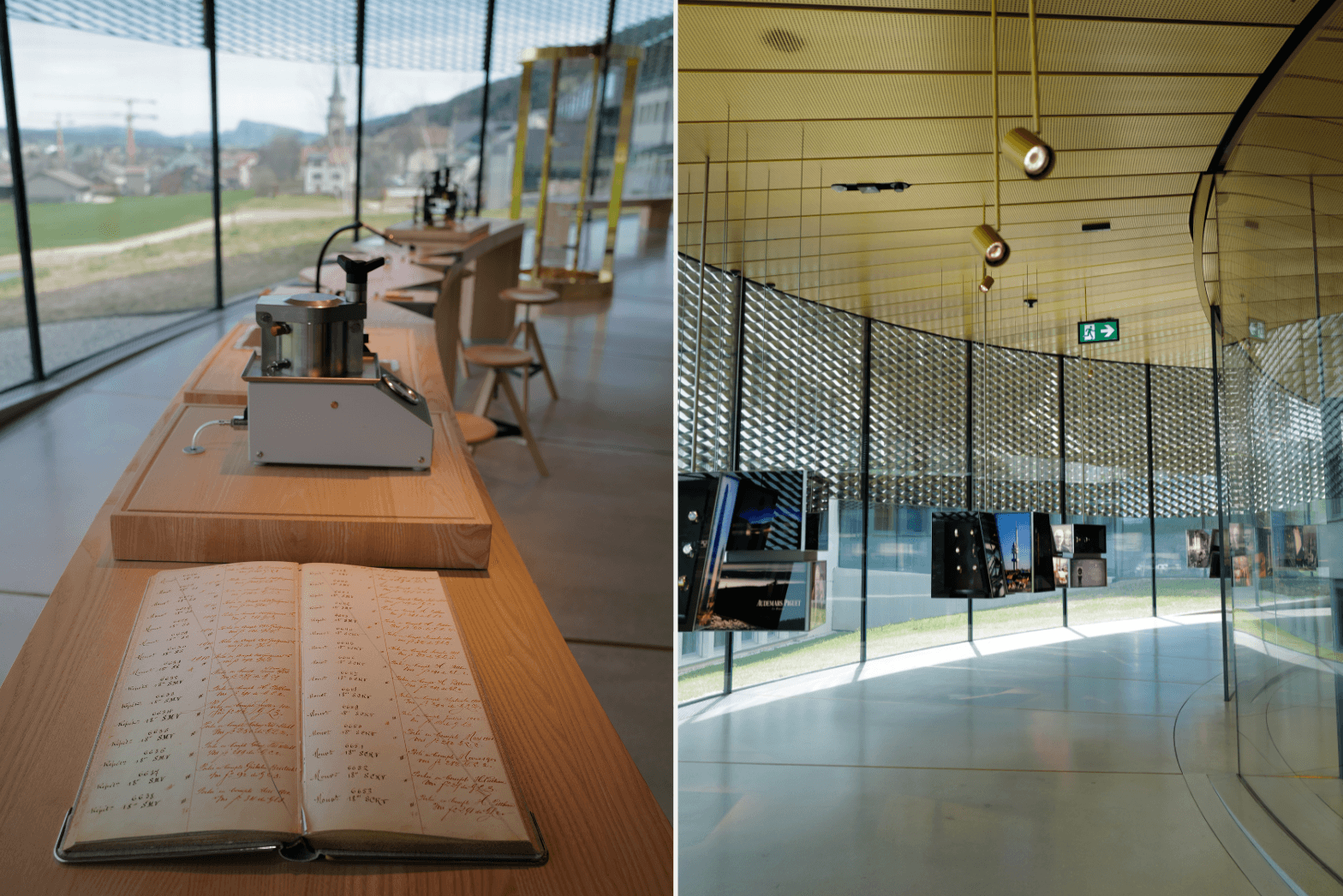
“The watches in our museum are like chapters in a book,” says Vivas. “A world in a sentence.”
.png&w=4320&q=75)
And whilst the brand’s extensive history has already been chronicled, only AP know what lies ahead. Vivas confirms, though, we’ll be seeing more additions to the museum – like more Code 11.59s, as the line is further developed.
We’re excited to see what’s in store.
